Recently the Chamber of Minerals & Energy of Western Australia (CME) released a guideline on alcohol consumption in the mining sector. It is a curious document reflecting many of the significant corporate misunderstandings about occupational health and safety (OHS).
This article is not primarily about alcohol consumption guidelines, drink limits, or snacks with alcohol or moderation. The misunderstandings are displayed through the language used in CME’s media release, which seems to be the default setting for corporate discussions of OHS.

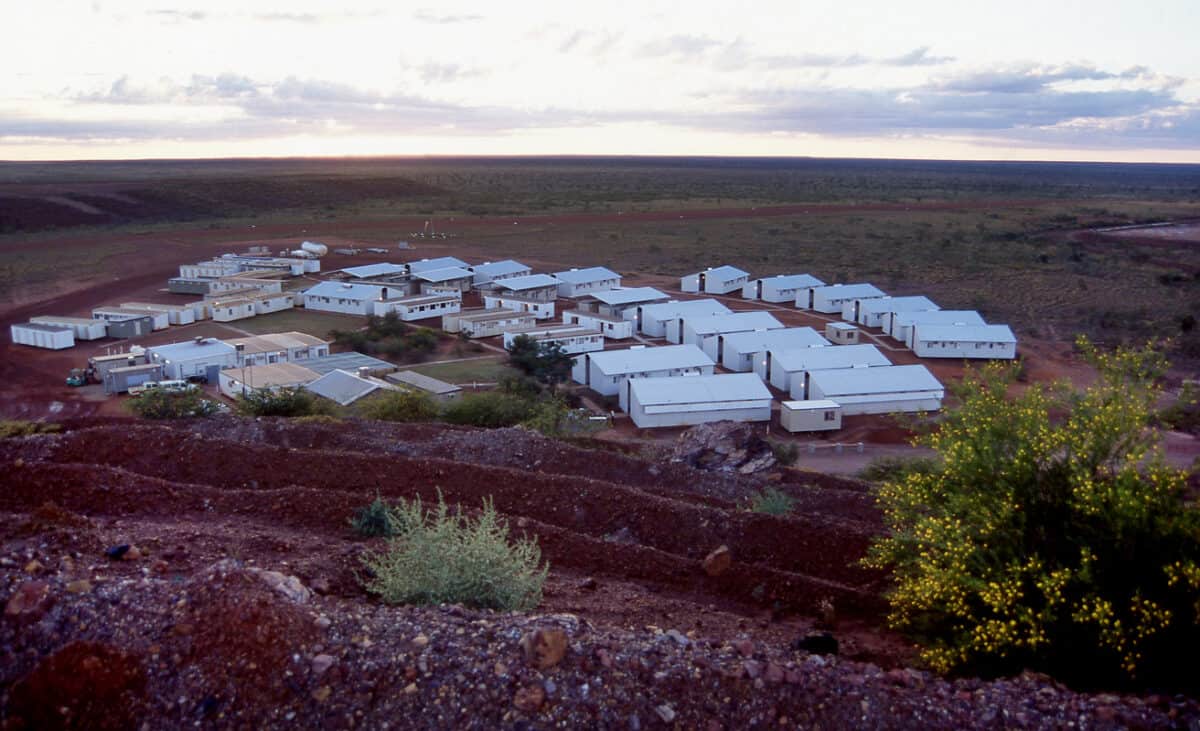
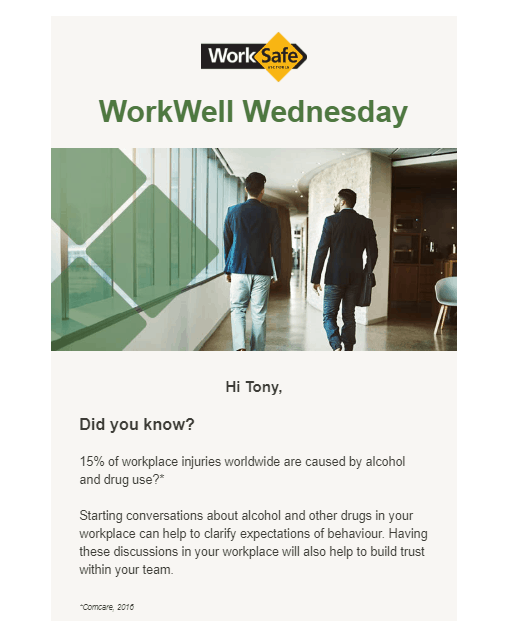
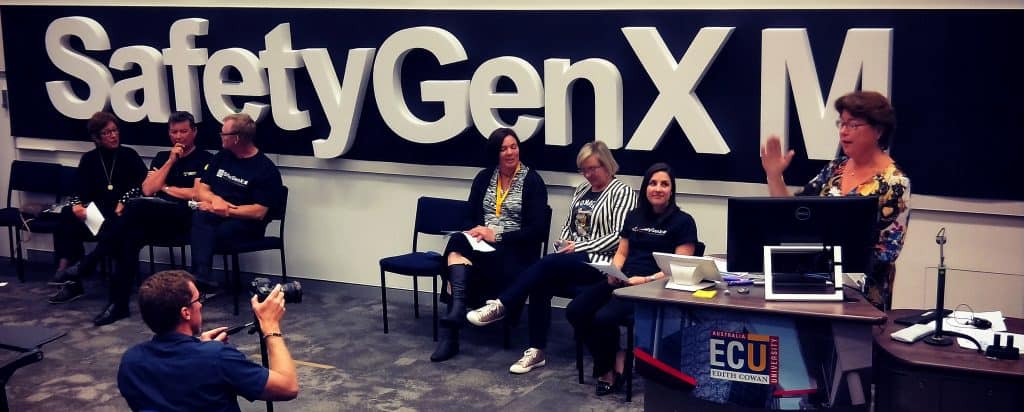

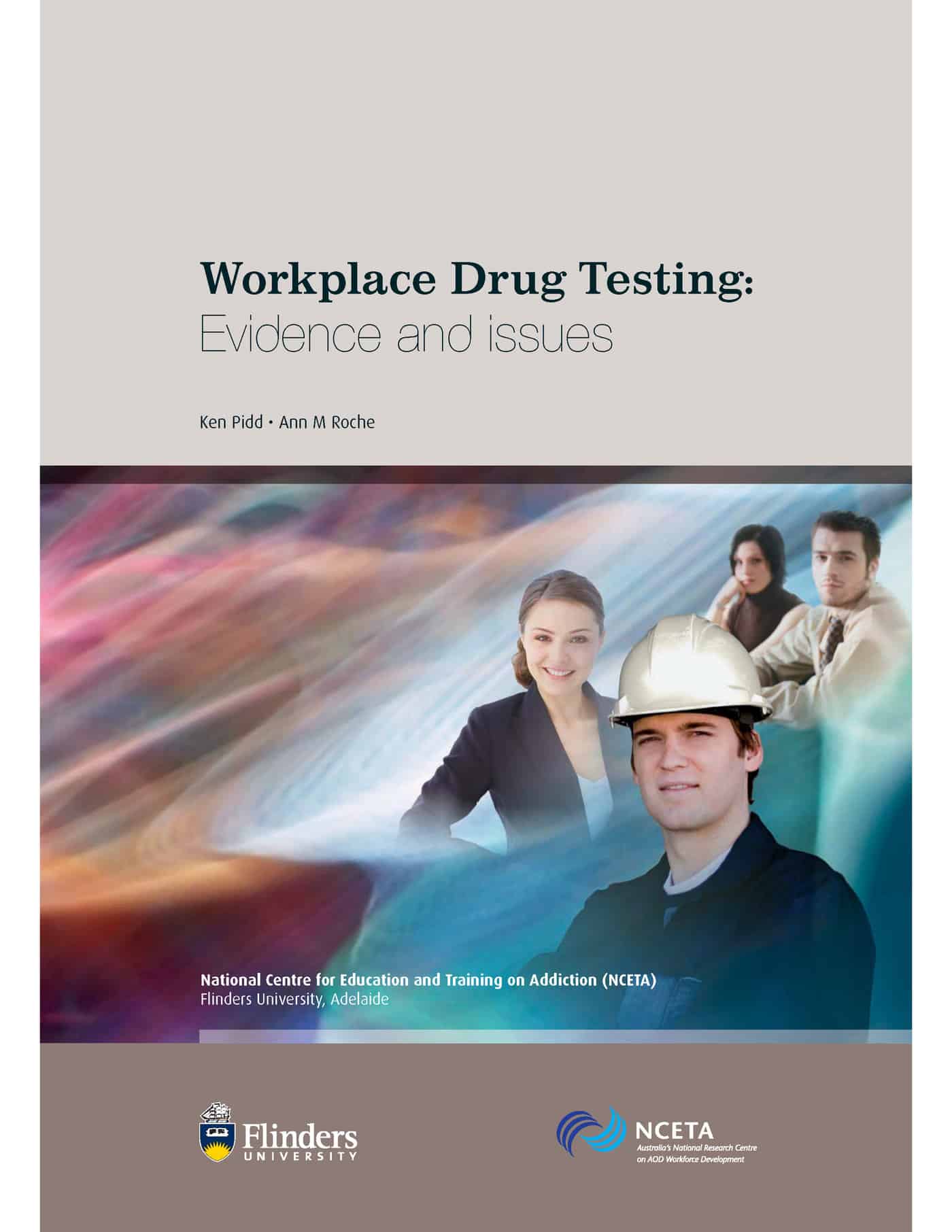
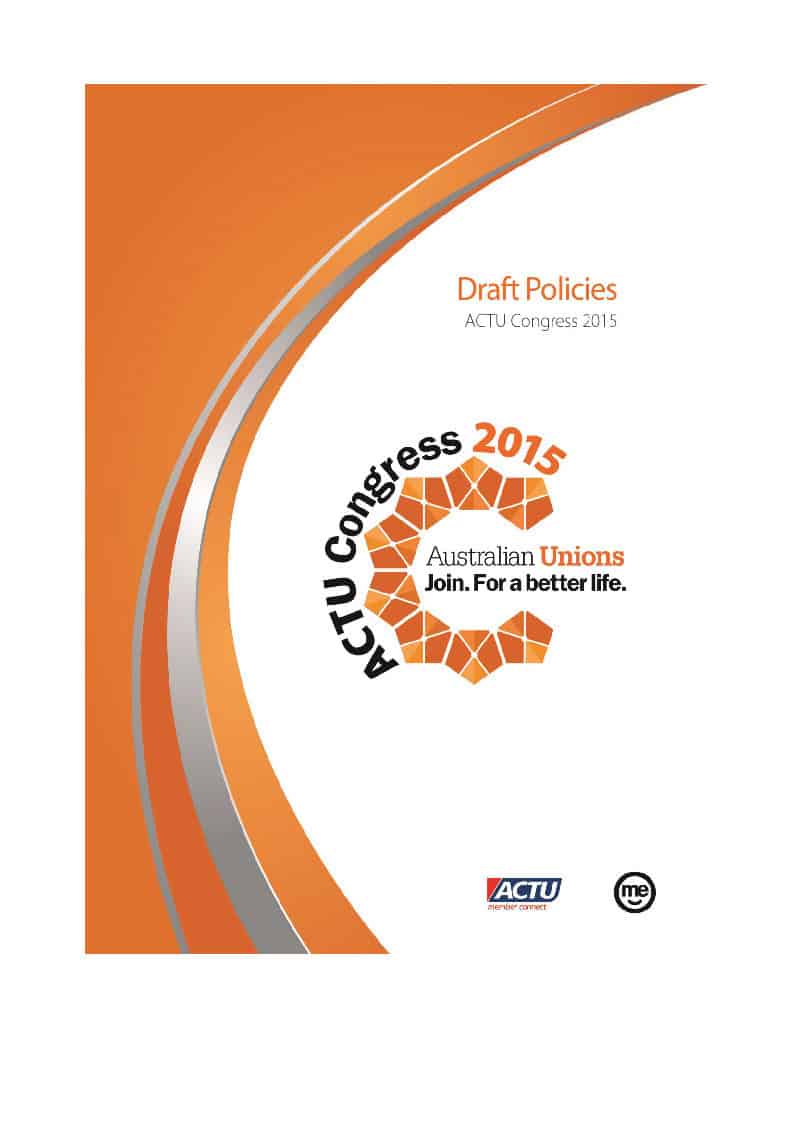 The Australian Council of Trade Unions (ACTU) commences its
The Australian Council of Trade Unions (ACTU) commences its